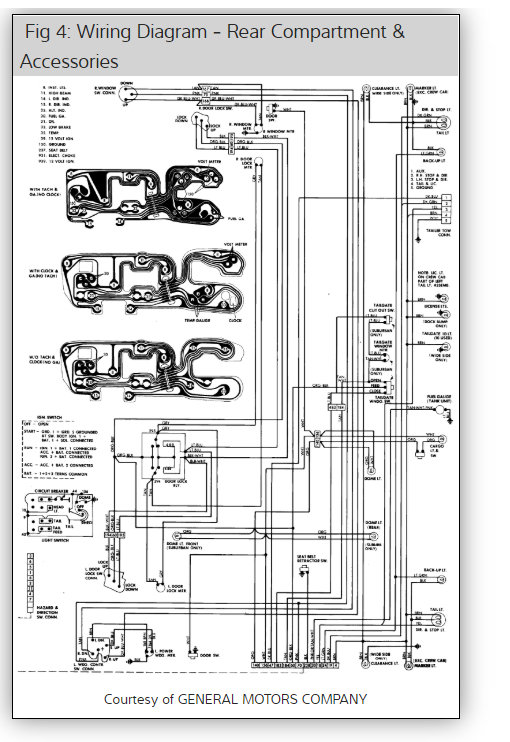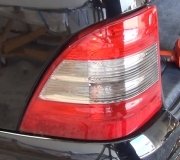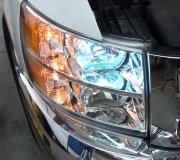By "floor switch" I assume you mean the head light dimmer switch. The tail / running lights and dash lights have nothing to do with that switch. First, look at the old head light switch for signs that two terminals are blackened or overheated. If you see that, there will be two terminals in the connector that must be cut out and replaced. If no problem is seen there, you'll need to check for voltage on the feed wire. Check each wire with a test light or voltmeter. To be most accurate, that should be done with the switch still connected. If you find 12 volts on one wire with the switch turned off, check if it's still there with it turned on, then look for 12 volts appearing on one wire when in the tail lights position, and a second wire in the head light position.
This guide will help us and the headlight wiring diagrams below to show you how the system works.
https://www.2carpros.com/articles/how-to-use-a-test-light-circuit-tester
If there's no 12 volts on any wire, or it goes away when you turn the switch on, we have to work backward to the fuse or fuse wire. I'll have to find a wiring diagram if it comes to that.
Check out the diagrams (Below). Please let us know what you find. We are interested to see what it is.
Image (Click to make bigger)
SPONSORED LINKS
Sunday, November 10th, 2013 AT 11:56 PM




